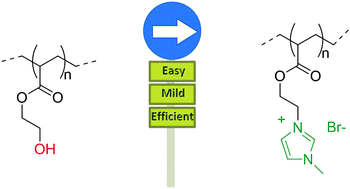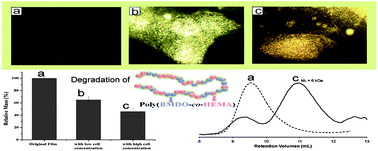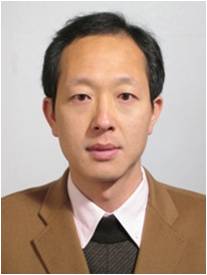Dr. Olivier Coul embier received his PhD degree from University of Mons-Hainaut (Belgium) in 2005 and joined Professor Robert M. Waymouth at the University of Stanford (United States) for his postdoctoral research in 2006. He is currently a Research Associate by Belgian F.N.R.S. in the Laboratory of Polymeric and Composite Materials (LPCM) of Professor Philippe Dubois at University of Mons. The objective of his research is devoted to the application of different polymerization techniques to generate original polymer materials of various topologies and issued from the macromolecular engineering fine-tuning. He has (co-)authored 62 scientific papers in international journals, 2 patents and 2 book chapters. Website: http://morris.umh.ac.be/smpc/
embier received his PhD degree from University of Mons-Hainaut (Belgium) in 2005 and joined Professor Robert M. Waymouth at the University of Stanford (United States) for his postdoctoral research in 2006. He is currently a Research Associate by Belgian F.N.R.S. in the Laboratory of Polymeric and Composite Materials (LPCM) of Professor Philippe Dubois at University of Mons. The objective of his research is devoted to the application of different polymerization techniques to generate original polymer materials of various topologies and issued from the macromolecular engineering fine-tuning. He has (co-)authored 62 scientific papers in international journals, 2 patents and 2 book chapters. Website: http://morris.umh.ac.be/smpc/
What was your inspiration in becoming a chemist?
Quite honestly, I didn’t fall into chemistry by real passion, I was just not really sure to fix my choice since all sciences disciplines were very interesting to me. I didn’t realize the importance of chemistry until my third year at University where polymer chemistry really peaked my interest and fed my passion. Polymer chemistry is for me the most interesting scientific field since it allows playing and creating small molecules but also fine-tune their association into simple to complex macromolecular structures and of course use a plethora of techniques to characterize them.
What was the motivation to write your Polymer Chemistry article?
In my young career, I spent almost 90% of my time to control the preparation of original polyester structures. Quite recently, by developing metal-free catalytic systems, we were able to prepare pure cyclic polyesters which proved their interest in the field by showing up physical properties different than their linear homologues. Because people in my group are also preparing polyelectroconjugate structures, I simply wanted to merge those two activities.
Why did you choose Polymer Chemistry to publish your work? (DOI:10.1039/C2PY20647A)
Polymer Chemistry is an excellent and very promising European polymer journal. Importantly, the review process is very fast and serious.
How do you spend your spare times?
With my wife and my two daughters, of course, but also in the gym.
Which profession would you choose if you were not a scientist?
Younger, I was dreaming becoming a professional basketball player …

















